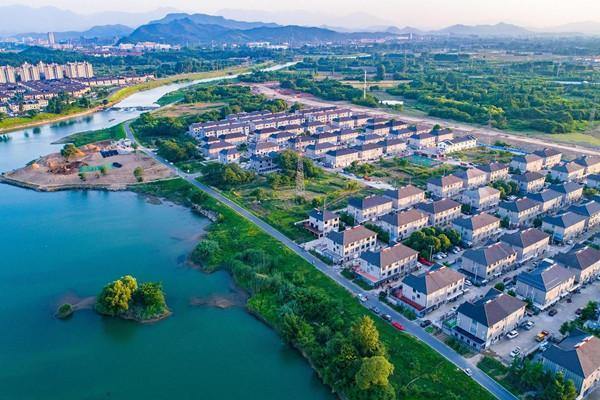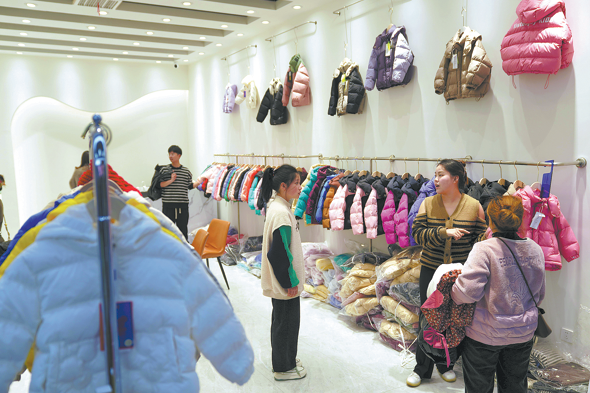浙江象山晓塘乡中岙村是一个柑橘种植专业村。在一间破旧老屋里,日本艺术家吉元烨子用废弃的橘树枝条搭建了一个称作“苏醒”的装置艺术品,枝条相互勾连,从房顶进入的光线恰好笼罩其上。在艺术家看来,废弃橘树枝条实现了新生,也预示着乡村的苏醒。
传统村落、种植业与当代艺术相结合,中岙村正在进行一场艺术介入的乡村振兴实验——“橘”公共艺术节使这个在象山地图上不起眼的古村落热闹了。“艺术节开幕当天,将近一万人参加,全村6家‘农家乐’游客爆满。”村支书高良德介绍说。
不仅如此,还有来自德国、意大利、法国、爱尔兰、日本以及中国的24位艺术家驻村创作。他们与中岙村当地村民一道,以“艺术介入乡村”为主题,共同描绘乡村、美化家园,演绎古旧乡村的“朴拙”与现代艺术的“高冷”相融合的传奇。

“乡绘”中岙,多元艺术相会
中岙村北邻大塘港,盛产柑橘,有1200多口人,以陈姓为主的村民在这片依山傍水的土地上生活了近700年。2018年,这里举办了两次乡村艺术节。
橘花艺术节是村子里有史以来第一个“庆典”。艺术节期间,24位国内外艺术家用涂鸦、装置、影像、多媒体、雕塑等多元融合的方式,为中岙村量身定制了多处艺术景观,将“橘”文化与村庄风貌、地理融入创作中。
“首先选择公共区域的墙面,请艺术家们进行绘画创作,用艺术赋予破败的墙面以新的生命力。在得到村民的认可后,我们再逐步对村民的房屋进行艺术修复。”艺术节的发起人陈丹阳说,“乡绘,更是‘相会’,让多元的绘画艺术在中岙相遇。”
信步中岙村,转角便能遇到不一样的艺术风景。山墙上《倒牛奶的女人》、转角的卡通橘子树、涂满色彩的砖墙……这些艺术作品散布在农机具旁、晒太阳的老人身边,自带真实且饱满的戏剧性。
驻场创作激发了村民的好奇心,很多孩子好奇地围绕在艺术家身边,对他们画笔下的“奇迹”啧啧称叹。偶尔,他们也会画上几笔,或许——这几笔正是童年与艺术的第一次亲密接触。
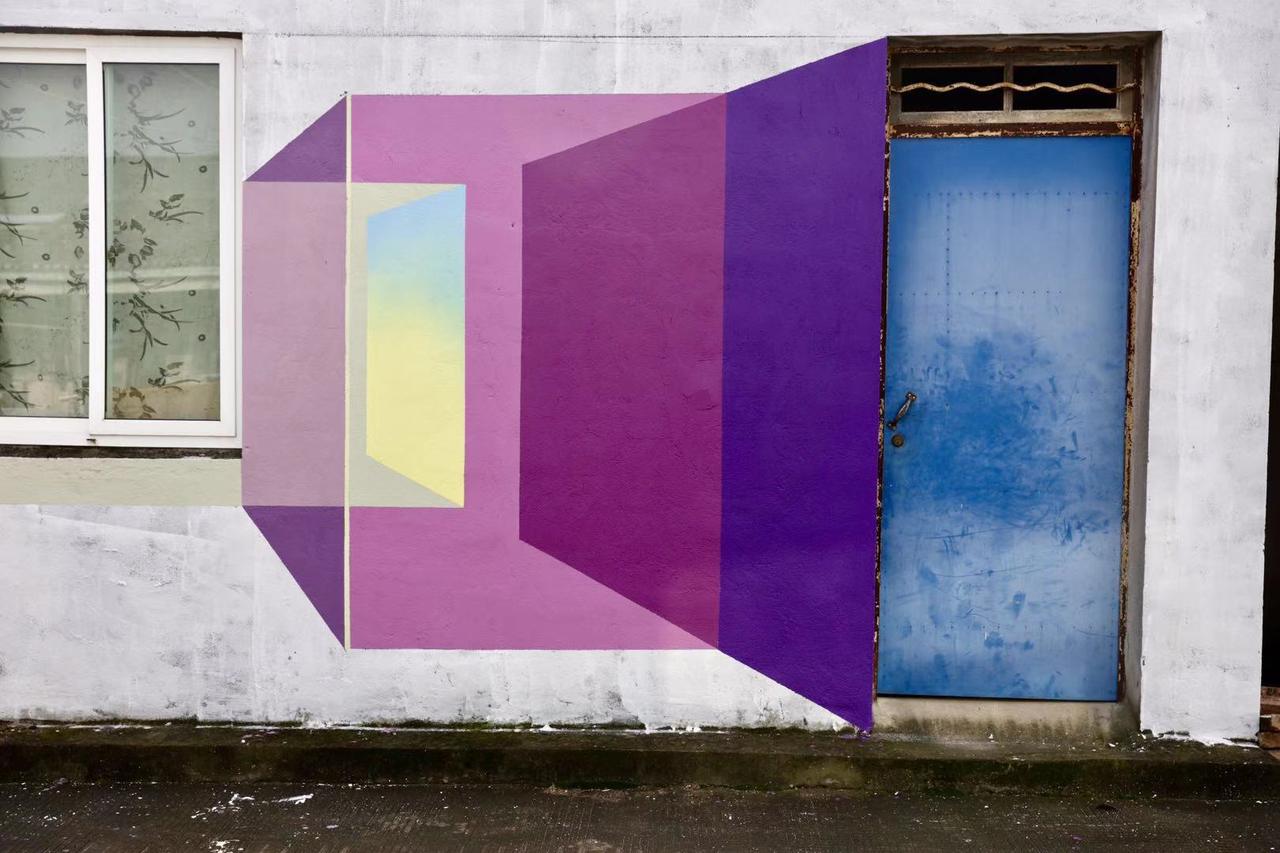
在艺术这一“新鲜事”推动下,橘花节开幕当天,中岙村收获了史上最高客流,平日有些冷清的街道人头攒动,村民们发出了“比春节过年还热闹”的感叹。
而7个月后的“橘”公共艺术节,则让更多元的艺术、文化、思想在中岙相会。策展团队除了开展“在地性”创作之外,更对村落的整个空间业态、老房子改造、视觉VI导视系统、公共设施景观等方面进行设计完善工作,把一些闲置的空间改造为艺术家工作室、微型美术馆和休闲书吧。
“橘”公共艺术节上,艺术家们除驻场创作外,还开办了内容丰富的艺术讲座。跨界策展人苏冰在村文化礼堂举办的“艺术如何介入乡村”讲座,吸引了40多名村民参加。
目前,中岙村已设立国际艺术家驻地,除用于艺术创作写生,还计划开展少儿绘画教学培训。
中岙村融入现代艺术元素后,激活了古老村落的文化内存,那里成为时尚的风景地。比如,在村祠堂,有一件艺术家顾奔驰的装置艺术作品《构造学》,他运用成千上万根彩色丝线,营造彼此交融、重叠与错位的感觉,以此寓意村落民众的血脉相连。
艺术家王帅来中岙村待了近一周,她创作的空间艺术作品《白房子的世界》给人以三维空间的美感享受。经她“激活”的废旧仓库,文艺气息浓重,一间“有碍观瞻”的旧屋子顿时有了“看头”。
艺术,在中岙村成为一个看不见的尺度,提升着这个古村落的艺术价值和文化内涵。
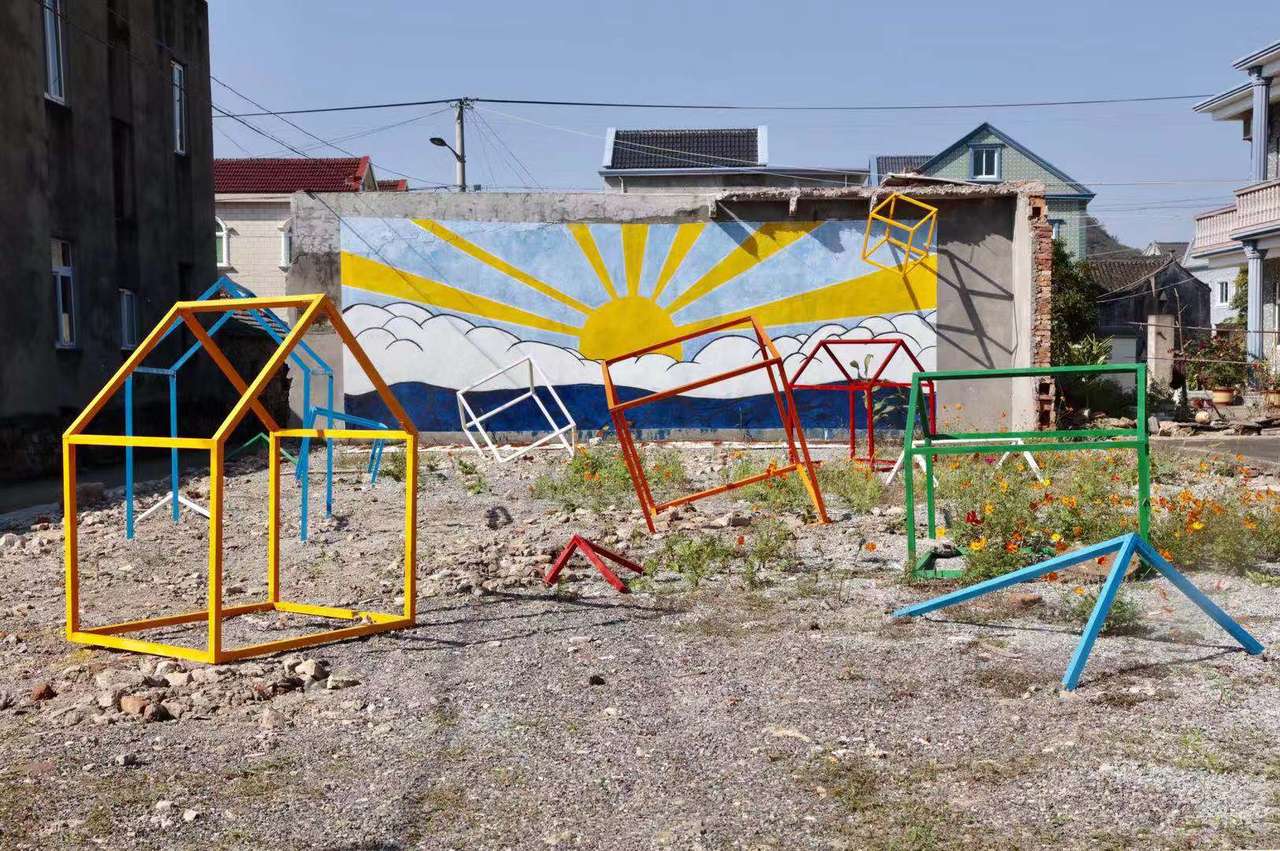
现代艺术带动传统民俗
中岙村的“艺术乡建”有些偶然性。策展人顾耀峰清晰地记得,从第一天接触这个项目到开幕式,共计106天。2018年正月初一的中岙村“乡贤说事会”上,从村里走出的人齐聚一堂,他们在各行各业皆有自己的成就。作为村里的文化名人,画家陈丹阳这些年不断提出让艺术进中岙的建议终于在这个会上得到肯定的答复。
“艺术是无可复制的”,这句话至今仍让中岙村村委会主任陈兆播印象深刻。对于办艺术节,村里人一开始是忐忑的,毕竟艺术对于他们来说是陌生的。然而,艺术节开幕日的客流为中岙村带来意想不到的惊喜。
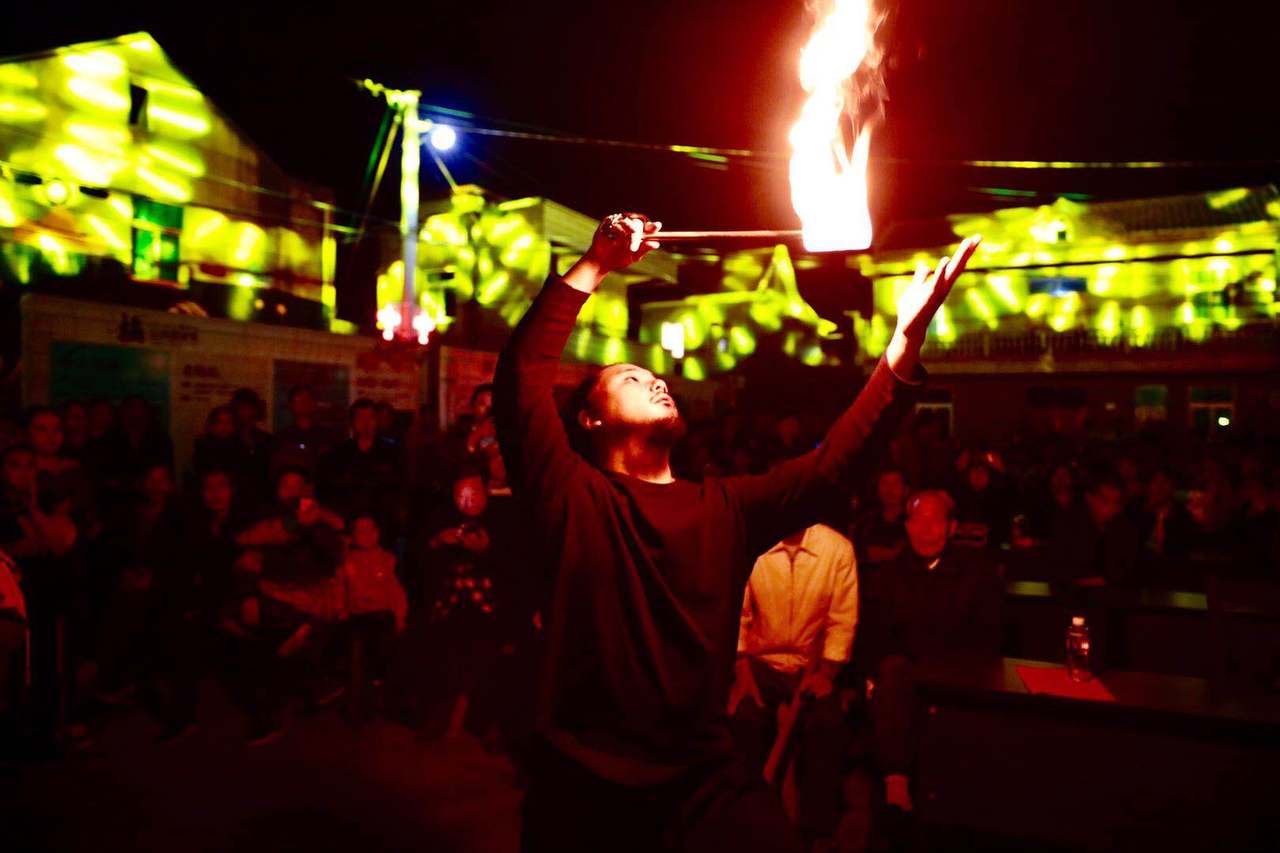
“我不想把艺术节办成一个名流的乡村派对。”陈丹阳说,他要让村民也参与进来,成为艺术节的主角。艺术节上,村里专门辟出场地开办手工艺集市,村民们将世代相传的绣花、剪纸、鱼灯等手工艺品卖给外来人。民间传统艺术在乡村振兴的大背景下,获得了肥沃的土壤,焕发出勃勃生机。
值得一提的是,现代艺术不但没有改变传统,反倒激发了传统艺术的表现。受中岙村艺术节的影响,邻村励家坪自发组织了民俗活动。显然,艺术节已经成为整个晓塘乡以文化策动乡村建设的催化剂。
在很多艺术家看来,艺术介入乡村建设,其核心任务在于当地村民的参与,艺术家离开以后,留下一批永远不会走的“艺术家”。
对此,策展人苏冰提出了“非遗3.0”的观点。他认为,非遗1.0是梳理和整理遗产,2.0是传承遗产,3.0是艺术家和手艺人共同合作创造新的文化产品和生活样式。“手工艺是连接艺术家与村民最好的一个点,当下要做的就是植入艺术的新元素,让老物件重现辉煌。”苏冰说。
“村里面的木匠、裁缝、藤椅匠人,他们身上都闪耀着艺术的光华,需要激活他们身上的潜在基因,真正让手工艺在乡村生根发芽、开花结果,从而吸引更多的年轻人回归。”陈丹阳说。
随着艺术力量的注入,中岙,这个“市级小康村”“省级文明村”成了红得发紫的“网红村”,四方游客纷至沓来。
从远离县城的一个普通村庄到“象山乡村版798”,中岙村的传奇还在持续书写。
Zhong’ao: Art Village
Situated in Xiangshan, in the middle point of the long coastline of Zhejiang Province, Zhong’ao village is well known as a producer of orange. Since 2018, the traditional village has been conducting an experimental project to combine art as a key factor into its economic and social growth.
From April 28th to May 20, 2018, the village hosted Orange Bloom Art Festival, an unprecedented event which put the village on the map of art and media. On the day the festival started, nearly 10,000 people visited the village. The six village restaurants enjoyed brisk business.
With a history of over 700 years, Zhong’ao is a village with a population of 1,200 where most of the villagers are surnamed Chen. It is part of Xiaotang, a town where orange production is the major economic pillar. The town produces 25,000 tons of orange a year. Orange trees burst into bloom toward the last days of April.

Twenty-four domestic and international artists attended the festival. On April 28th and 29th, they decorated the village with 40 plus installations, sculptures, graffiti, paintings, and photos. While artists were transforming the village, villagers were fascinated. They gawked curiously, amazed by the transformation appearing bit by bit. Children followed the artists around and some children even tried their hands at adding a touch or two to the artworks. For some of them, it was their first direct contact with art.
“We chose some dilapidated walls in the public area for artists to paint, injecting art to the walls. If we get the approval of villagers, we plan to restore old houses in the village artistically. Art is meant to transform Zhong’ao,” remarks Chen Danyang, one of the three organizers of the festival.
Chen is a professional artist and a native of Zhong’ao. On the Spring Festival 2018, the village held a forum and invited some natives who had established themselves as celebrities in the outside world and who were back home visiting with their families and celebrating the Spring Festival. At the forum, the village elites discussed proposals submitted over the past few years and made a decision on art festivals. However, locals were uncertain about art and art events. But they were convinced when visitors flooded in.
Chen Danyang did not plan to turn the festival into a rural party for art celebrities from the outside world. He wanted to engage villagers and make them play the central role. At the Orange Bloom Art Festival, Zhong’ao assigned a special space as a market for villagers to sell their traditional crafts such as embroidery, paper-cuts and fish lanterns to visitors from the outside world. The art trade has brought cash into the village. Nowadays, crafts are flourishing in the village as villagers prepare for upcoming festivals.
Bringing art to villages aims to cultivate local village artists who stay and create. “Crafts connect artists and villagers. Introducing art into traditional crafts brings rural crafts to a new high level,’ remarks Su Bing, one of the three organizers of the village festivals.
“Craftspeople such as carpenters, tailors and rattan chair makers in the village have better potentials for art. We want to attract more young people to come back to their rural roots through art,” says Chen Danyang.
From October 28th to November 28, 2018, Zhong’ao hosted “Citrus: Public Art Season”, a one-month-long event that coincided with the fruit-ripening and harvesting time in the orange-producing village.
By this time, Zhong’ao looked more artistic. Some disused houses had been transformed into artist studios, galleries and public reading rooms. Like the festival that spanned April and May in 2018, this event also attracted 20 some domestic and international artists to create and install works of art in the village. In addition, eye-opening lectures were held. Over 40 villagers attended “How Art Comes to Rural Life”, a lecture given by Su Bing, one of the three organizes of the event.
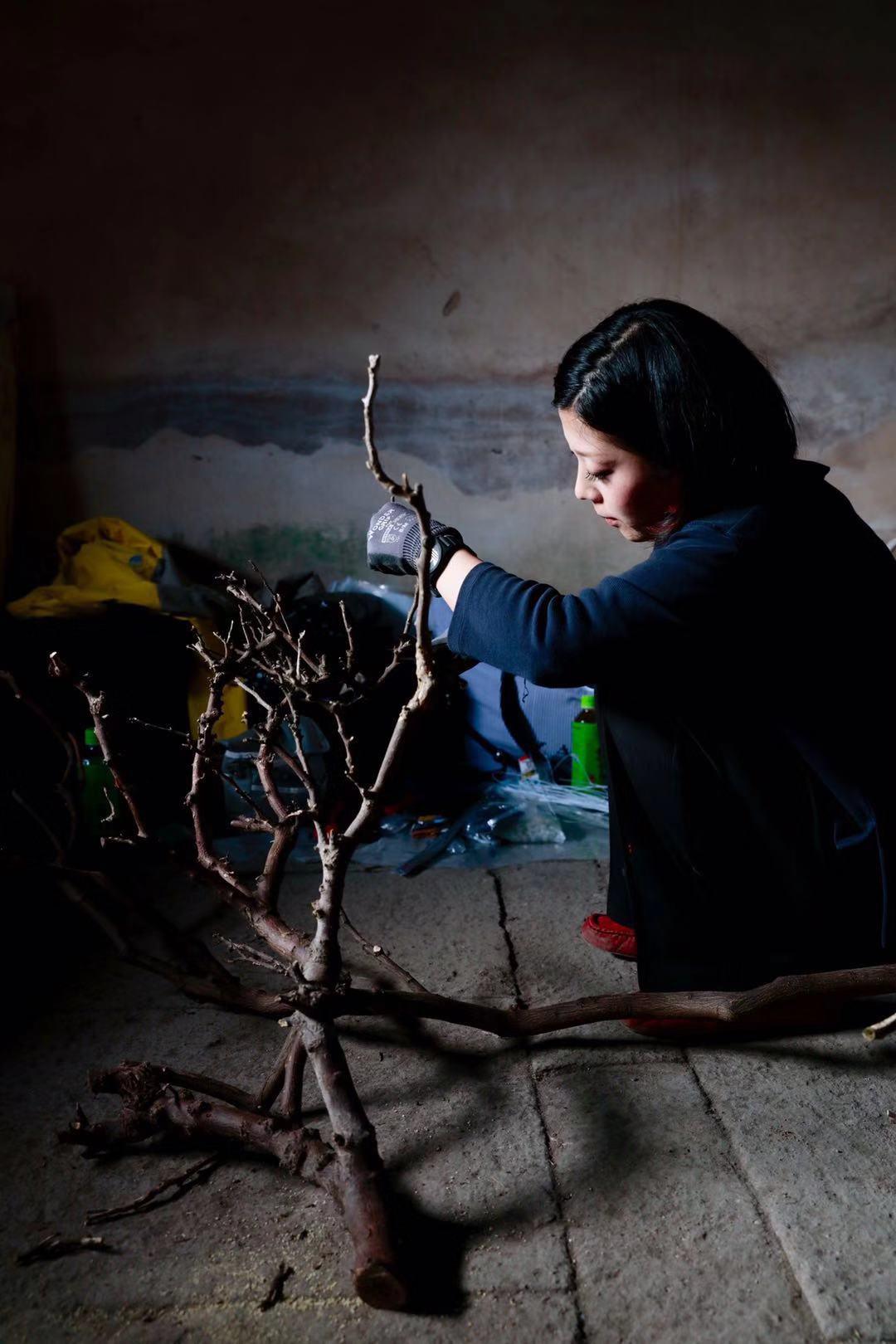
At present, Zhong’ao has set up a base where international artists can stay and do sketching sessions around. The village also plans to offer art courses for children.
With modern art conspicuously displayed in the village, Zhong’ao has totally transformed itself. It is now a huge attraction for artists and tourists. Moreover, neighboring villages are following suit. Zhong’ao is now a phenomenal model for new-type cultural and economic development in rural areas. Experts say that they look forward to Zhong’ao for exploring a path for better rural development by means of art and setting up a good example of sustainable growth in rural Zhejiang.



